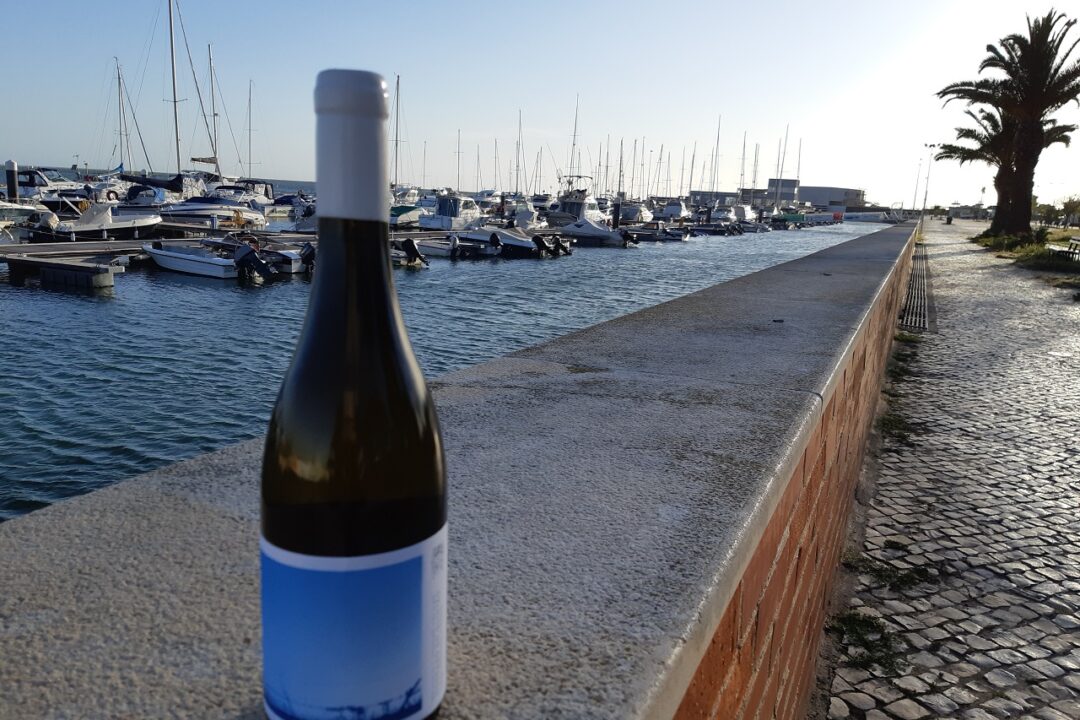Today let’s talk about Ruby Port which is a fortified wine in Portugal.
Did you know that Port wine was invented by accident?
Since the Douro’s vineyards are far from Portugal’s ports, the wines often suffered as the heat and movement inside the barrels deteriorated the wines. To increase the chances of the wine surviving the trip to Britain, wine producers in Portugal began adding a little brandy to fortify the wine. Doing this, actually changed the taste of the wine. Thus, the wine resisted unchanged the voyage at sea and the stop of fermentation with the brandy made the wine more sweet and appropriate to the taste of the English market. The wine was higher in alcohol, sweeter, and more robust. Basically, doing this created the Port wine.
Port is a fortified wine produced exclusively in the Douro Valley in Portugal. Port is heavily regulated by the Instituto dos Vinhos do Douro e do Porto, it must be produced, labeled and marketed according to a myriad of strict rules.
If you have never drunk Port wine yet, start with a Ruby Port.
Ruby Port is the most extensively produced and widely available style of port wine, named after its youthful, bright red color. For many people, it serves as an introduction to fortified wines in general.
Unlike Vintage Port, most Ruby Port is a blend of young wines from multiple vintages. Because the wines are filtered and sometimes pasteurized before bottling, Ruby Ports do not improve with bottle age. The small compensation for this is that they contain no sediment, so they don’t require decanting.
This Cálem Velhotes Ruby Port was produced by the Cálem, founded in 1859. That year, António A. Cálem set his goals: crossing the Atlantic and exporting to Brazil. With this connection to Brazil, the story of adventure begins: wines are exported using Cálem’s own fleet in exchange for exotic woods. Hence the symbol used for the house logotype, the caravel.

The winery has remained in the same family for four generations and has always paid great attention to the production of quality Port Wines.
Launched in 1934, Velhotes is the #1 Port Wine brand in Portugal with more than 3 million bottles sold every year. The name ‘Velhotes’ means ‘Old men’ in Portuguese.
This Cálem Fine Ruby Port is a wine made from red grapes (Touriga Franca, Tinta Roriz, Tinto Cão, Tinta Barroca and Touriga Nacional) from the Douro Valley, grown in the vineyards of the slopes along the banks of the Douro River. It is a fortified wine, due to the addition of brandy. Aged in oak and stainless steel vats.

The wine presents a deep, clean ruby color.
On the nose, vibrant aromas of very ripe black fruits and red berries, plum, cherry and raspberry with subtle vanilla nuances, dark fruit compote and licorice, touched with light aromas from oak barrels such as smoke and cinnamon.
On the palate, rich and intense, but smooth elegant and balanced flavors, showing great freshness and vigor. A full-bodied, juicy wine with measured sweetness and medium tannins.
Discrete notes of caramel and good acidity in a long, persistent and throat-burning finish.
Elegant dessert wine with 19,5% ABV.
Most Port is designed to be drunk straight away rather than stored.
If you do decide to store Port, keep the bottles in the dark, undisturbed at a steady temperature (approx 13-15ºC), and humidity (approx 70 to 75%). Ruby Port stays good for about three to four weeks after opening.
Port wine is normally served in servings of around 85 ml (3 oz) in a Port wine glass, which is narrower than a normal wine glass. Since most Port is red wine, the rule of thumb of serving it at a cool room temperature around 17-18 °C applies. But aged, less tannic Ports can easily be enjoyed slightly chilled.
The temperature of the wine affects its tasting. If the temperature is too high, the taste of alcohol will stand out and the aromas of the wine will be almost impossible to taste. If the temperature is too low, the wine will have no distinctive taste as it will be difficult to capture its aromas.

Consume it simply as an aperitif, or cold with ice. This wine can also be enjoyed at any time of the day. Ideal with chocolate-based sweets, fresh raspberries, fruit cakes or aged cheeses.
Or as I tasted… with the famous Portuguese Pastel de Nata.
Saúde! (Cheers!)






No Comments Found